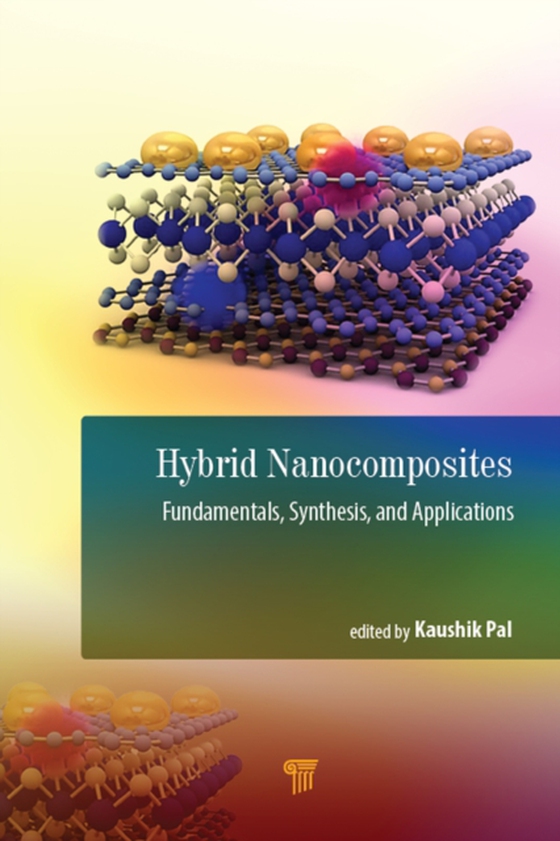
Hybrid Nanocomposites e-bog
1550,91 DKK
(ekskl. moms 1240,73 DKK)
Understanding surfaces and interfaces is a key challenge for those working on hybrid nanomaterials and where new imaging and analysis spectroscopy/electron microscopy responses are vital. The variability and site recognition of biopolymers, such as DNA molecules, offer a wide range of opportunities for the self-organization of wire nanostructures into much more complex patterns, while the combi...
E-bog
1550,91 DKK
Forlag
Jenny Stanford Publishing
Udgivet
11 marts 2019
Længde
412 sider
Genrer
Biology, life sciences
Sprog
English
Format
pdf
Beskyttelse
LCP
ISBN
9780429672644
Understanding surfaces and interfaces is a key challenge for those working on hybrid nanomaterials and where new imaging and analysis spectroscopy/electron microscopy responses are vital. The variability and site recognition of biopolymers, such as DNA molecules, offer a wide range of opportunities for the self-organization of wire nanostructures into much more complex patterns, while the combination of 1D nanostructures consisting of biopolymers and inorganic compounds opens up a number of scientific and technological opportunities. This book discusses the novel synthesis of nanomaterials and their hybrid composites; nanobiocomposites; transition metal oxide nanocomposites; spectroscopic and electron microscopic studies; social, ethical, and regulatory implications of various aspects of nanotechnology; and significant foreseeable applications of some key hybrid nanomaterials. The book also looks at how technology might be used in the future, estimating, where possible, the likely timescales in which the most far-reaching applications of technology might become a reality. Current research trends and potential future advances, such as nanomaterials, nanometrology, electronics, optoelectronics, and nanobiotechnology, are discussed, in addition to the benefits they are currently providing in the short, medium, and long terms. Furthermore, the book explains the current and possible future industrial applications of nanotechnology, examines some of the barriers to its adoption by industry, and identifies what environmental, health and safety, ethical, or societal implications or uncertainties may arise from the use of the technology, both current and future.
 Dansk
Dansk

